In her garden studio, Cheryl Rezendes isn’t just making art, she’s having a quiet conversation with fabric and colour as she responds to the rhythm of creating, whether it’s cutting, stitching, gluing or painting.
Cheryl is inspired by the natural world, colour, light and her emotional well-being. She spends hours crafting the collage materials for her art quilts and textile pieces.
There’s no roadmap and no rules or fixed ideas about colour, subject or form. She works by instinct, letting go of expectations and following where the work leads. The best ideas arise from process, she says.
For Cheryl, it’s the act of creating – the spontaneous dance of colour and line – that fuels her. Through this intuitive process, she channels love, loss and connection, transforming deeply personal moments into something universal.
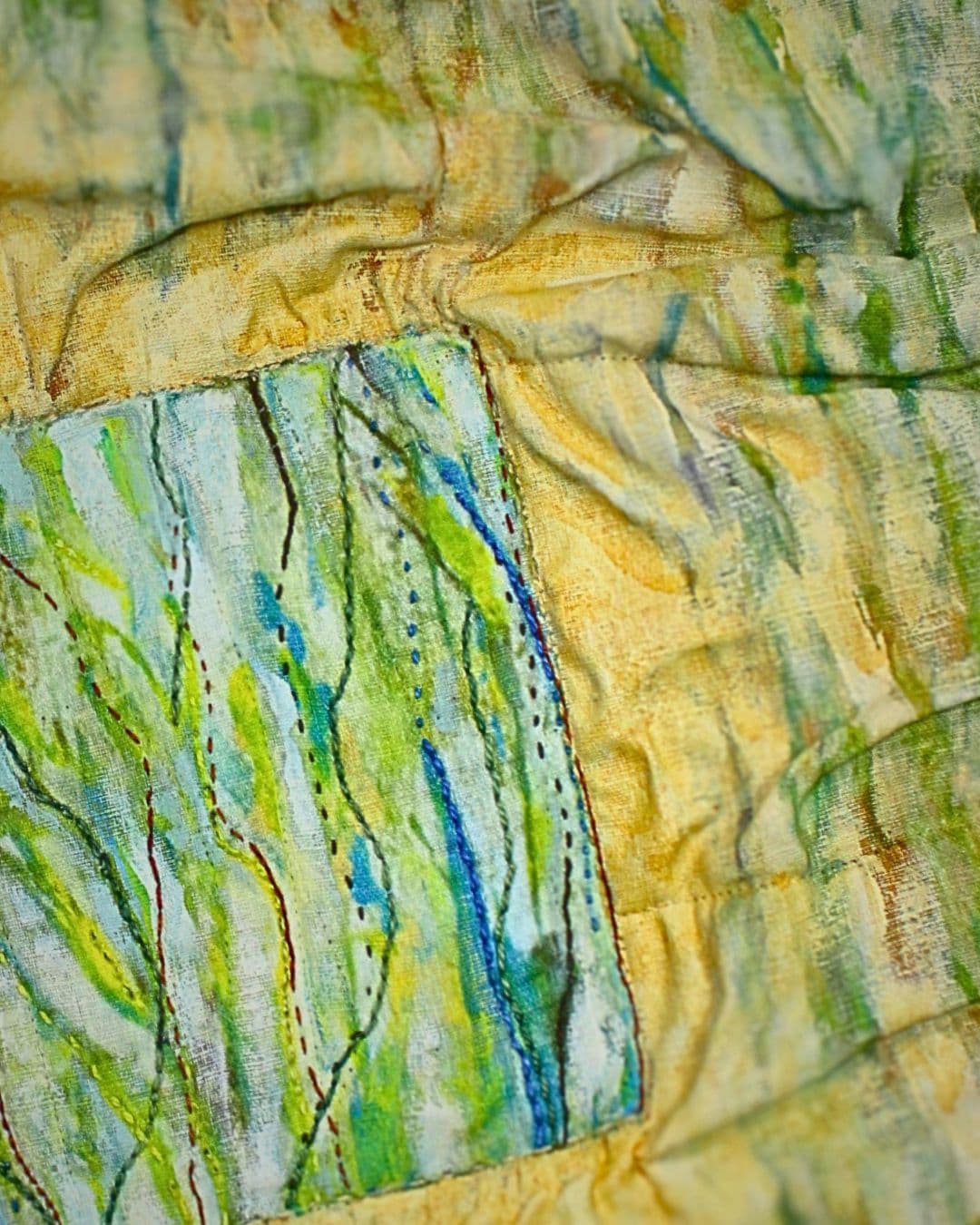
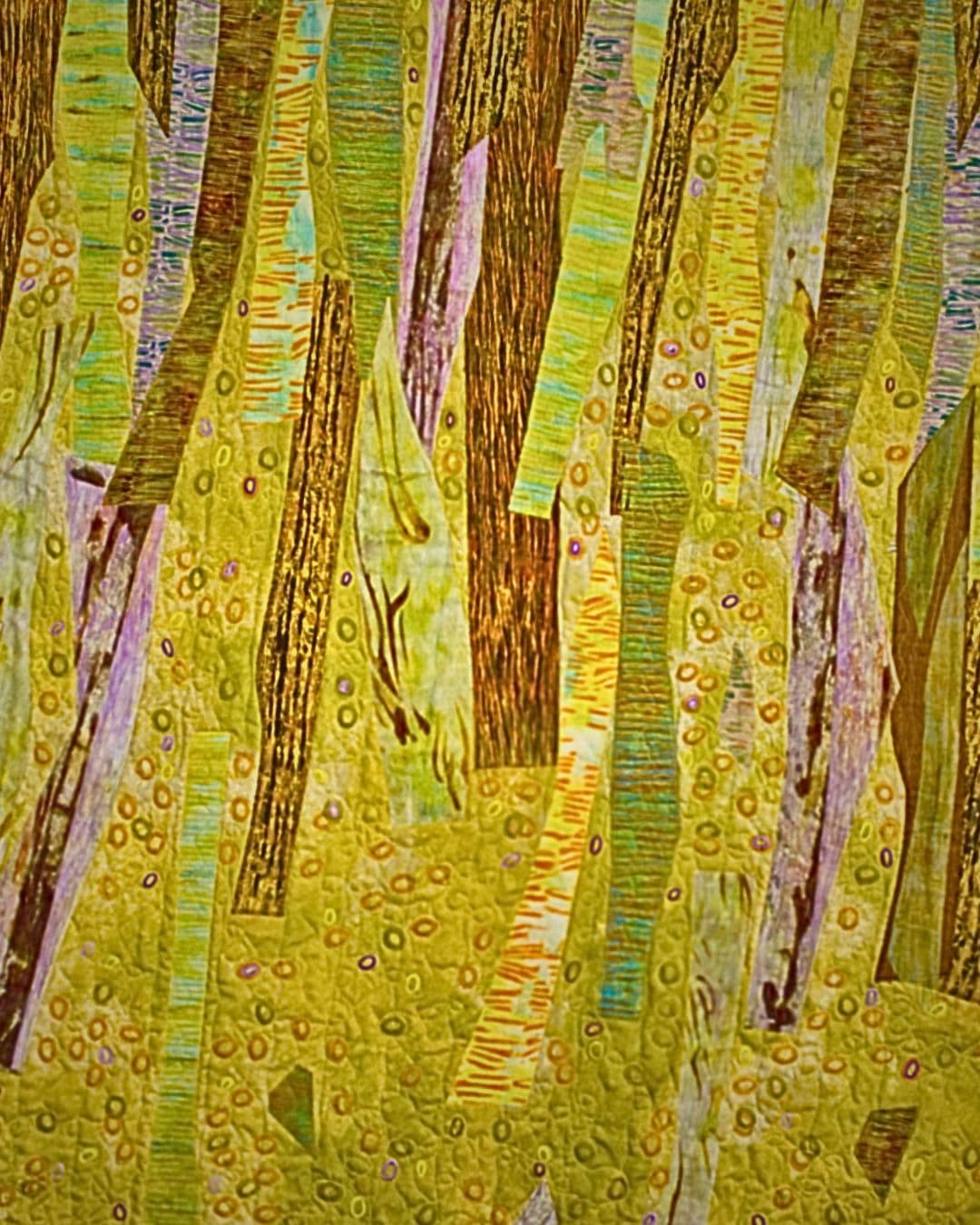
Cheryl Rezendes: I am a fine artist; textiles just happen to be the canvas that I paint on. Machine and hand stitching are my pencil and pens. Thread is the ink and graphite.
I am inspired by the natural world. My large studio is situated in my garden. It’s filled with natural light giving me a view of the gardens and the woods. I’m surrounded by 40 acres of woodland.
I have lived here for almost 35 years and I’m still enthralled by all that I see and hear. It’s a place of refuge as well as a place of creativity. However, a trip to the city offers a vast array of visual inspiration as well.
“There is always so much to see and absorb in whatever world I am walking through.”
Cheryl Rezendes, Artist
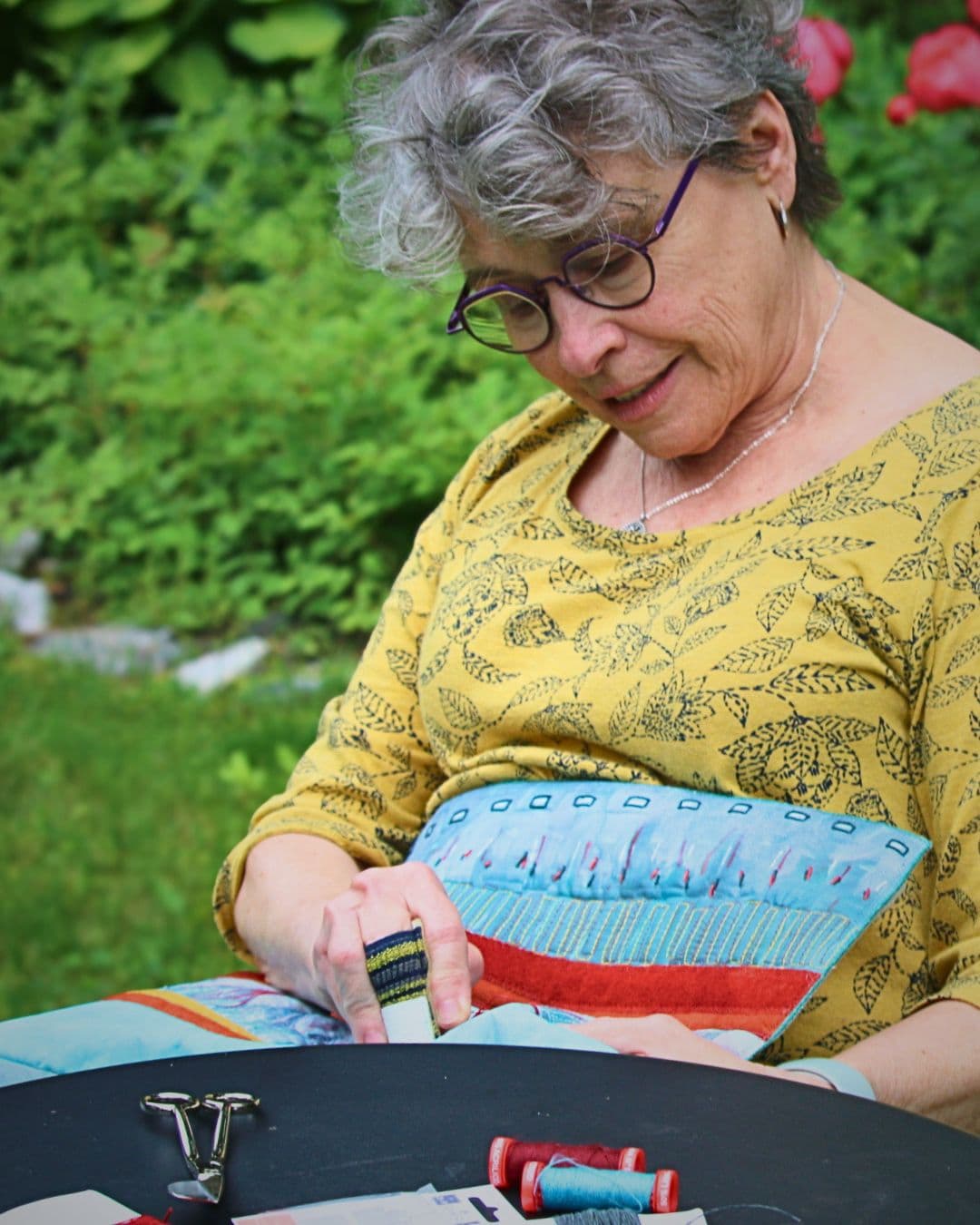
Being inspired
I am always inspired by the work of any artist, be it textile, painting or even pottery. It is all fodder for my creative self and making new work.
Recently, my partner and I have started painting together. He is a potter and graphic designer. We work on large pieces of paper that measure approximately 150cm x 100cm (60″ x 40″). We paint and make marks very differently from each other. Just watching what he does, how he does it and how we bring both our skills together is incredibly inspiring.
I might help inspiration along by giving myself a challenge, such as to photograph all the lines that I see. It is amazing what can become a line if you are looking for them: a railing, the side of a building, a stacked pile of sticks and the edge of my dog’s kibble, to name but a few.
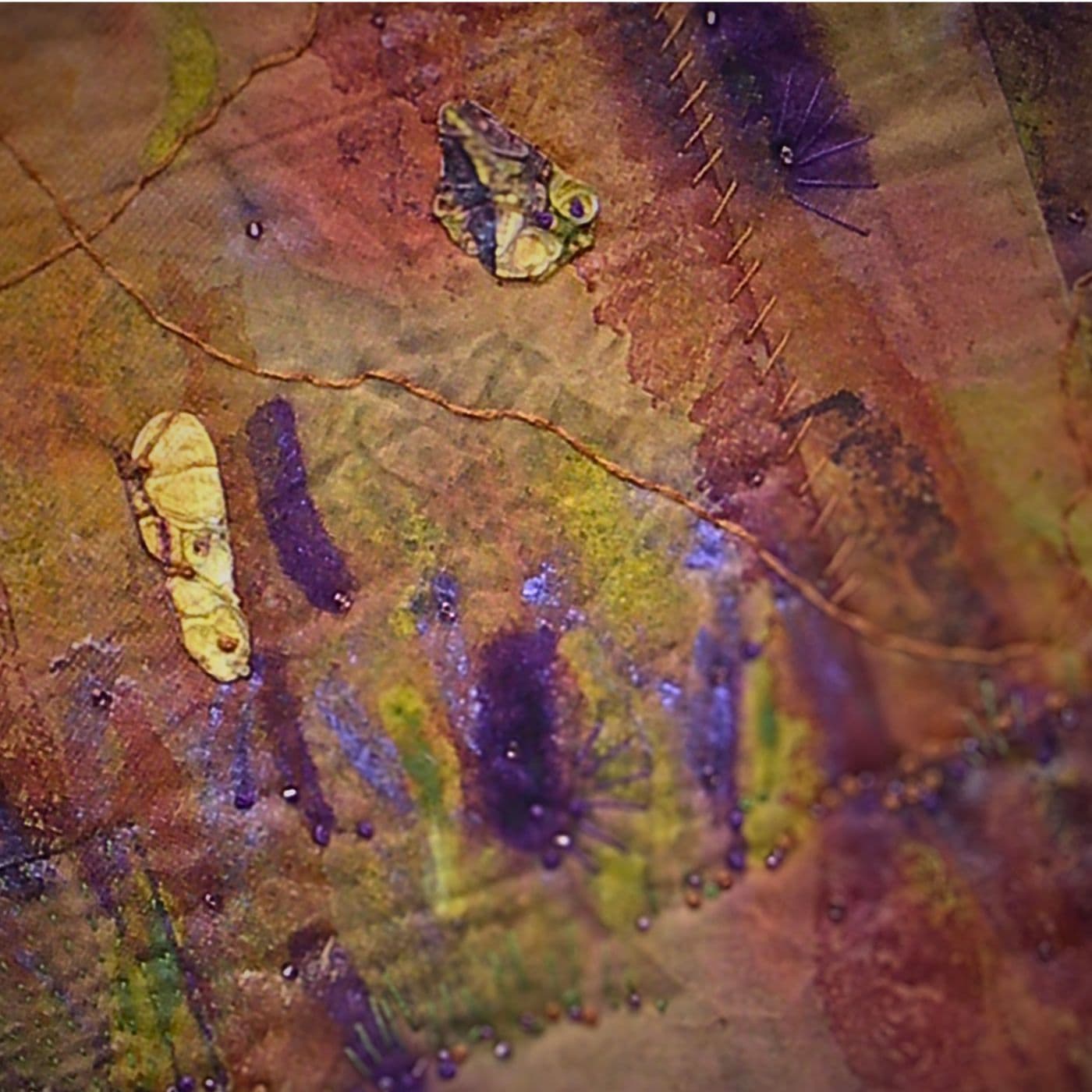
Creating my materials
I create my own collage materials. Usually I start by painting large pieces of white fabric using direct painting methods. But I might also stamp and stencil my own designs on to the fabric.
I’ll also draw on the cloth and create monoprints. This is done without any intention of what they will look like or be used for.
Sometimes I’ll digitally print one of my photographs onto cloth using my wide format Epsom printer.
The pieces of fabric that I create in these ways will often coordinate or speak to each other – a visual conversation, if you will. I get inspired to use them together. These images are fused and/or stitched into the larger piece. As I work, I will be constantly hanging these pieces up on my design wall.
“By viewing my work on a design wall, I’m auditioning them together, as well as getting inspired by the cloth and the work process itself.”
Cheryl Rezendes, Artist
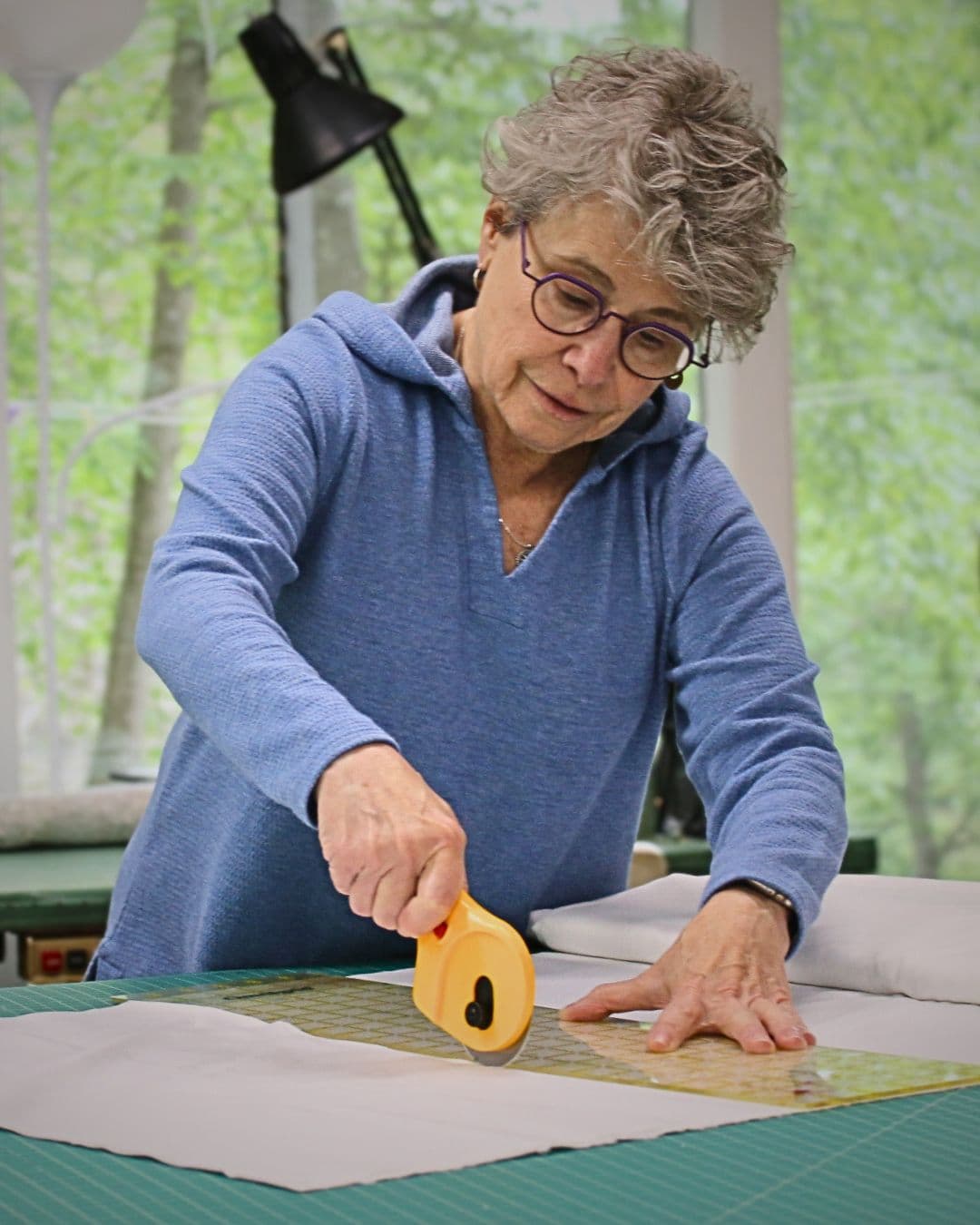
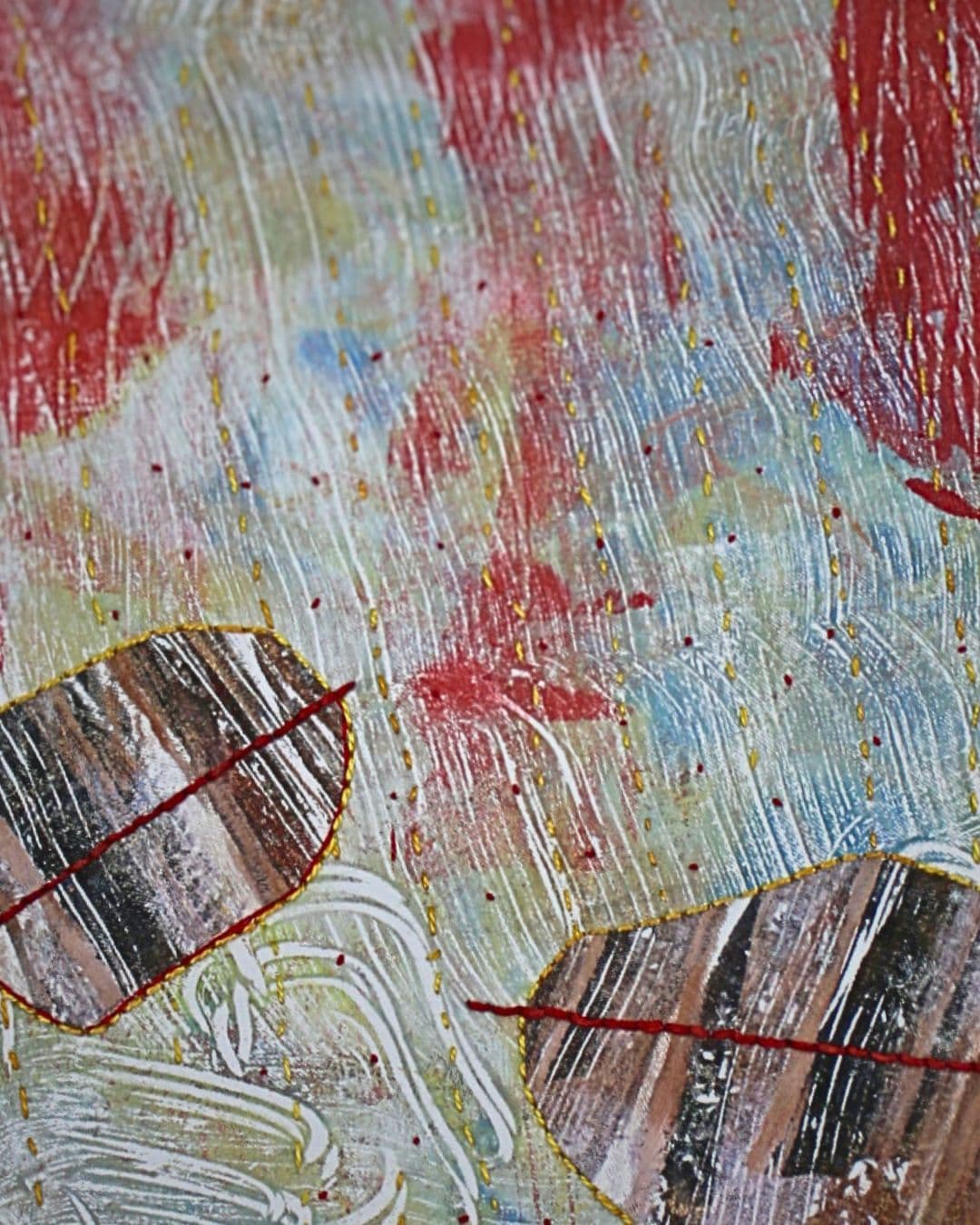
“My process for creating art is intuitive and based on discovery.”
Cheryl Rezendes, Artist
Call & response
I don’t have a favourite colour palette that I return to again and again. Instead, I use colours that, for whatever reason, speak to me at any given time.
I then follow the piece along: asking what is needed from a design standpoint and then responding. I teach these concepts in my Stitch Club workshop.
Because of the way that I create my textiles, my work is visually very painterly. Sometimes the finished pieces are statements of beauty and elegance, and at other times they are filled with raw emotion.
“I often don’t know what the pieces are about until they are finished.”
Cheryl Rezendes, Artist
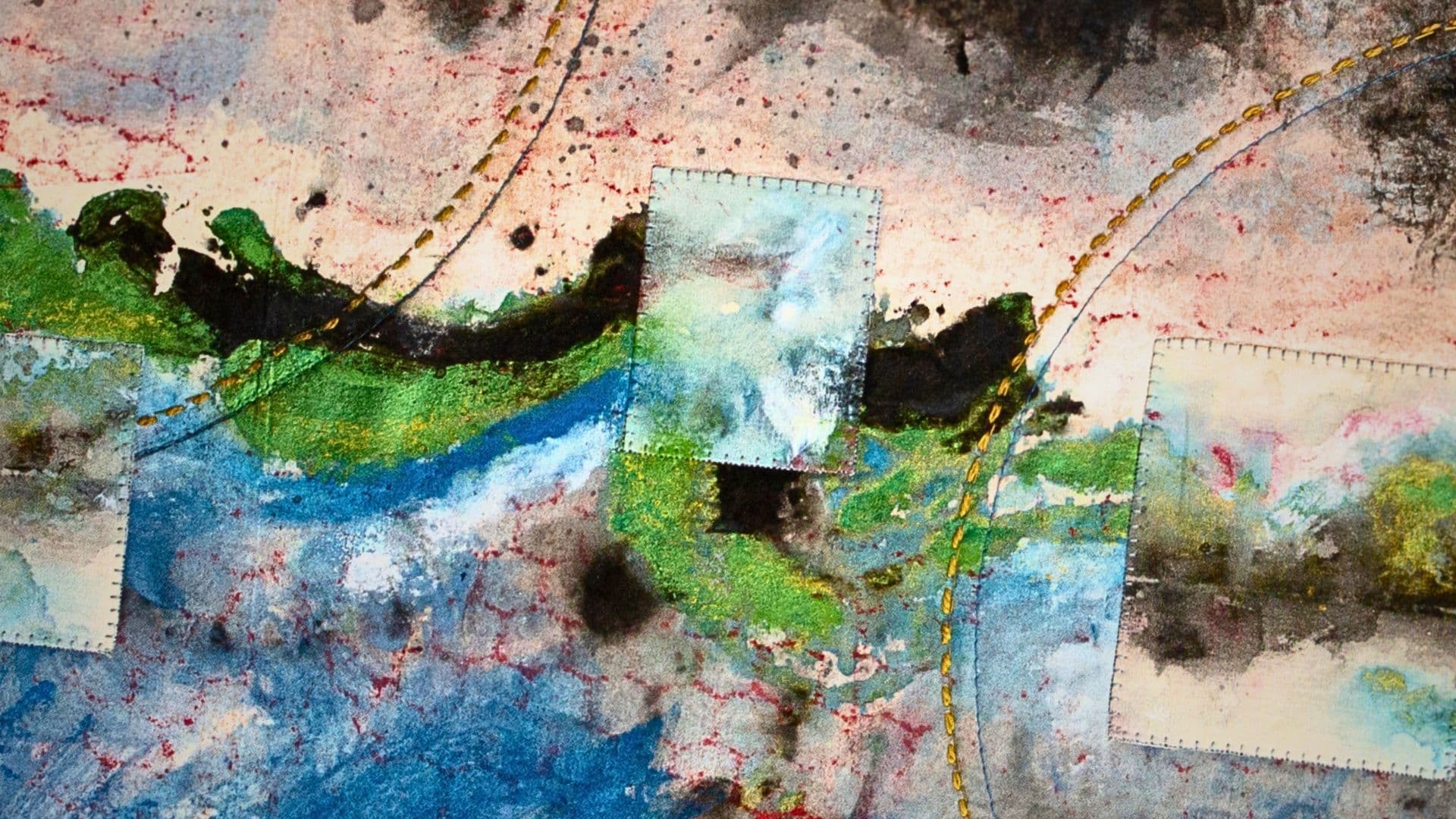
Finding meaning
The collection I made on care-giving was created that way. It featured fifteen art quilts that were inspired by the eight years I spent as care-giver for my mother who had Alzheimer’s Disease and for my late husband who had Parkinson’s Disease and dementia.
During those years I seemed to be drawn to dark colours, particularly brown, black and grey. Even as abstract pieces, the work seemed very emotional. They weren’t pretty. They were dark.
At some point in the process of making those pieces I started to ask myself, “Okay. What are all these about, anyway?”
I showed them to fellow artists to get their take. The resounding answer was that this collection of work was particularly sad and spoke to the anguish and grief I was feeling. Then the titles were born.
Coincidently, or not, when the show was completed my grieving process for the loss of those two people whom I had loved was completed as well.
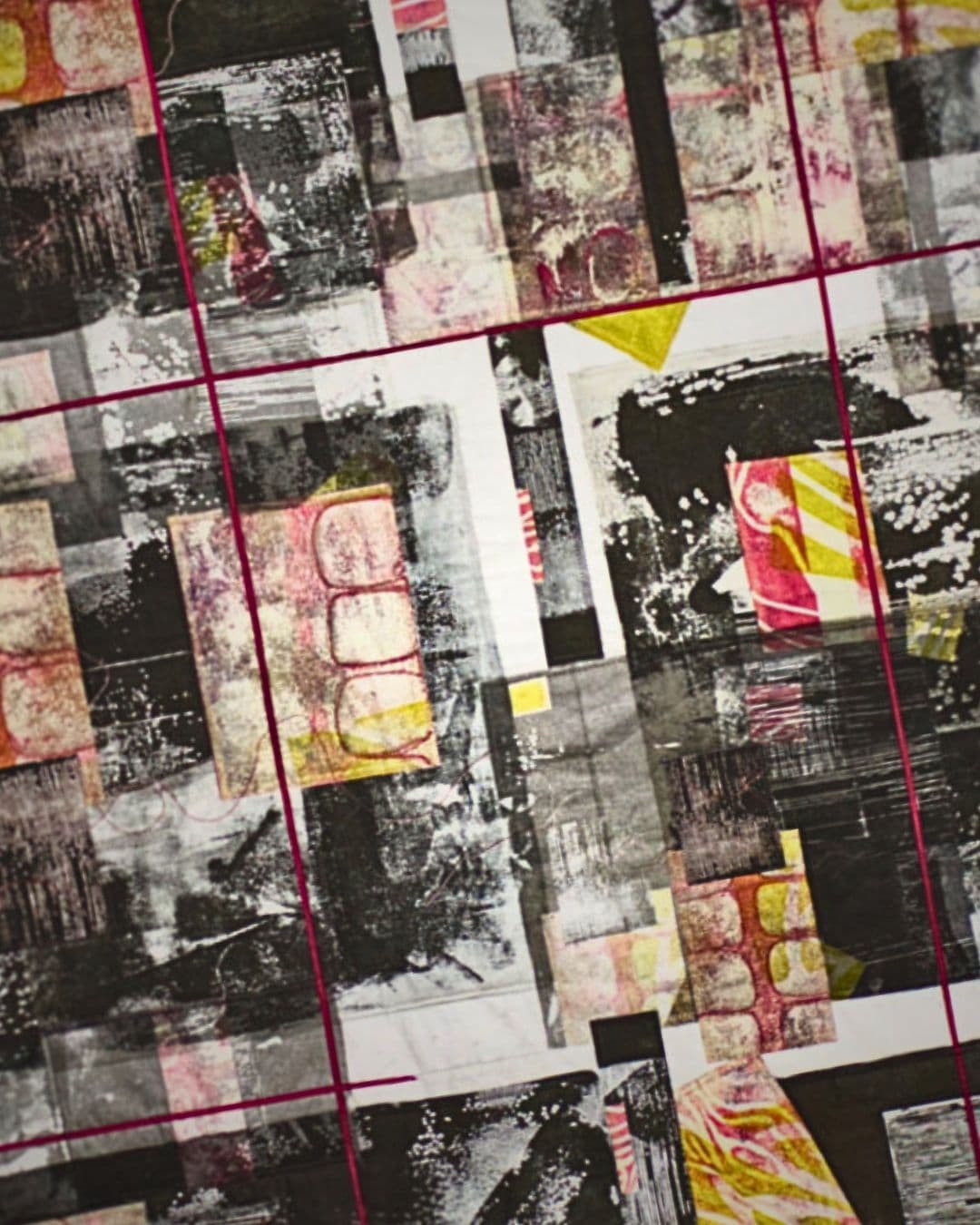
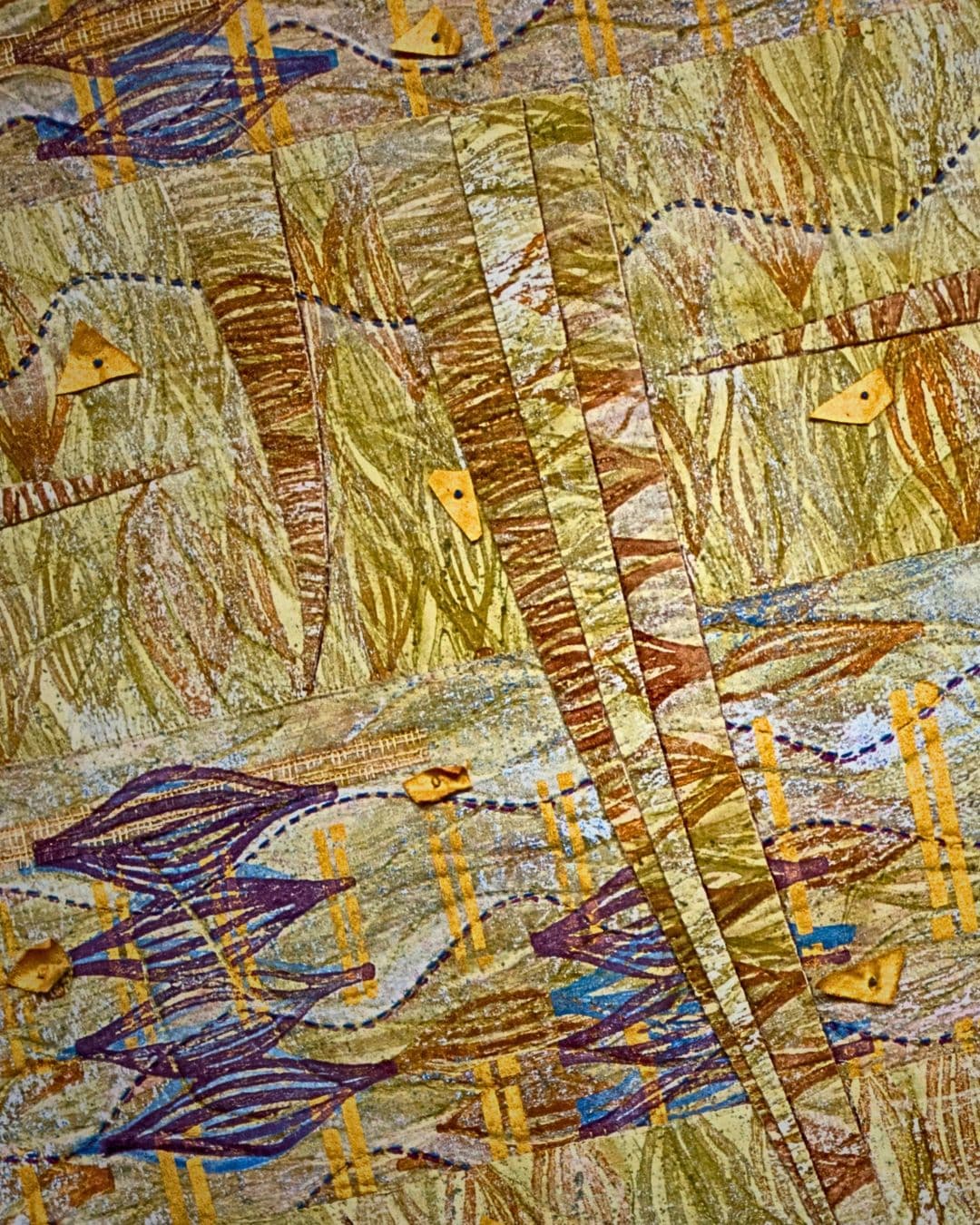
Teaching intuitively
In my Stitch Club workshop, I share my process for creating intuitively. I highlight creating monoprints on cloth then used hand stitching as both a design and drawing tool. I introduce some collage work as well.
My hope is that students come away with the skills to create monoprints and hand stitching but also that they understand that they can have a personal and unique visual voice.
The inherent combination of spontaneity and discovery in the creation of one-of-a-kind prints lends itself well to this concept.
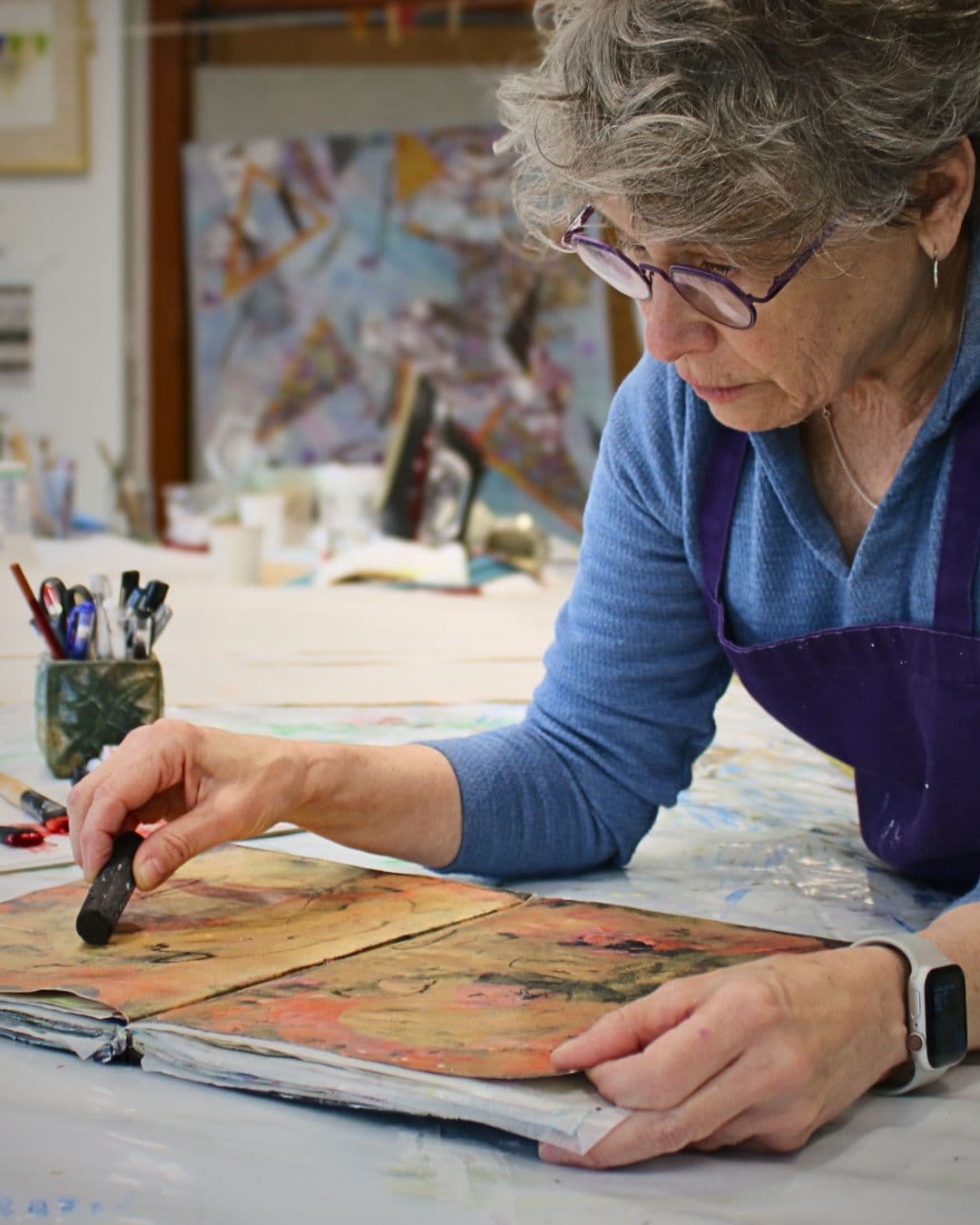
Cultivating curiosity
I encourage you to be open to the creating process, particularly self-discovery and the spontaneous.
Try to see what is happening in front of you rather than always seeing what you haven’t done. Often our intention doesn’t come through, but what we have actually created can be, and usually is, better!
Imagine you are seeing the world for the first time. Drive or walk down your road and imagine what it would look like to someone who has never travelled that route before. You’ll find things you never saw.
Experiment with new supplies and different processes rather than just staying with what you’re already comfortable with.
I may be formally trained but as a consequence, I have to work really hard at putting that training aside so I can be in discovery mode. Sometimes I’ll paint and draw with my non-dominant hand or cut collage pieces randomly.
“I’ll do anything that helps me embrace discovery again.”
Cheryl Rezendes, Artist
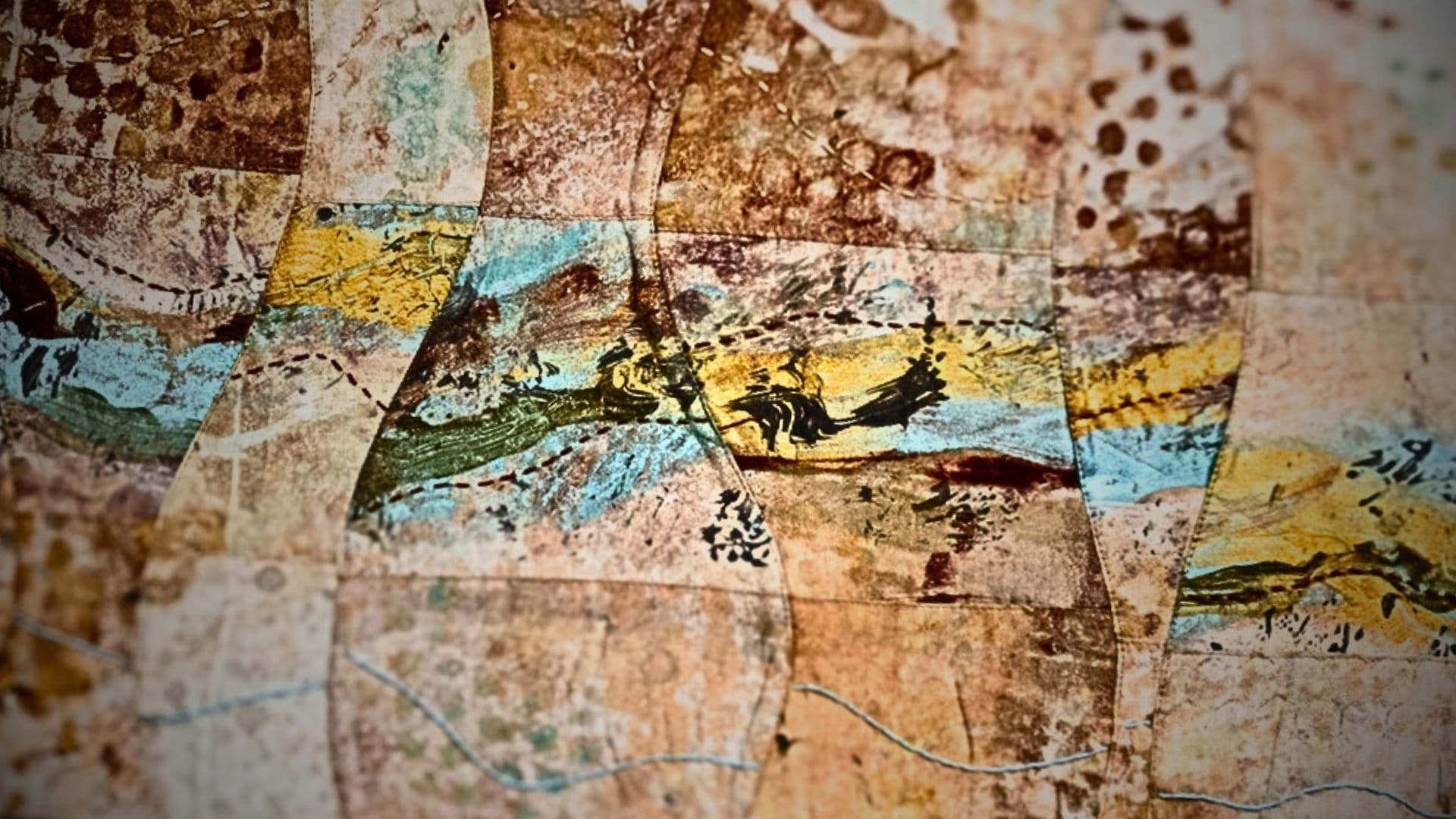
Nurturing creativity
I had the great fortune of growing up with parents who supported my creative spirit from an early age.
They provided me with sketchbooks, paint and composition books. My mother had an interior design business, so I was exposed to beautiful fabrics, wallpaper and design books.
We lived just a two-hour train ride from New York City so we regularly visited the Museum of Modern Art and the Guggenheim. That early exposure to the work of contemporary artists was a spring board for me becoming a professional artist.
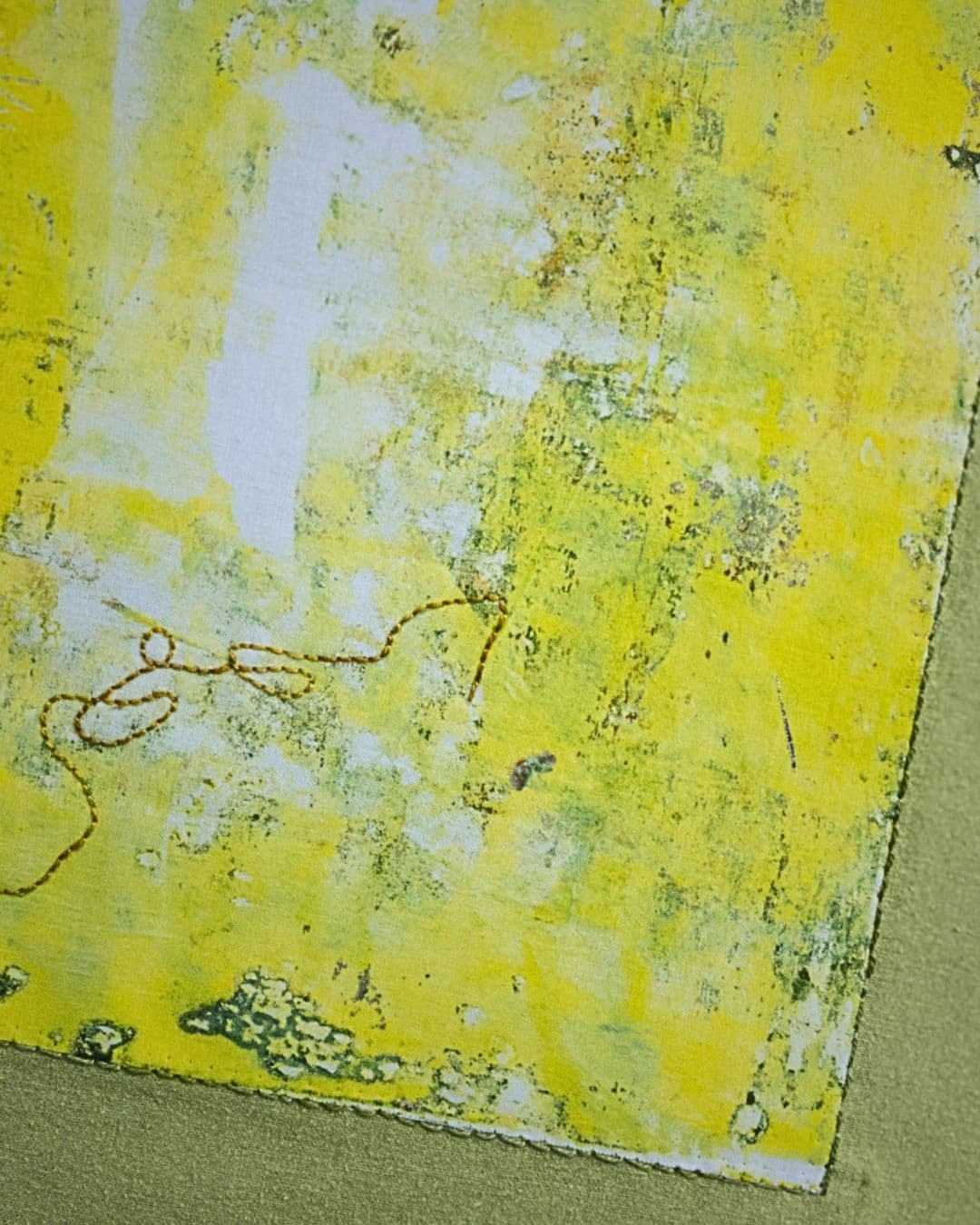
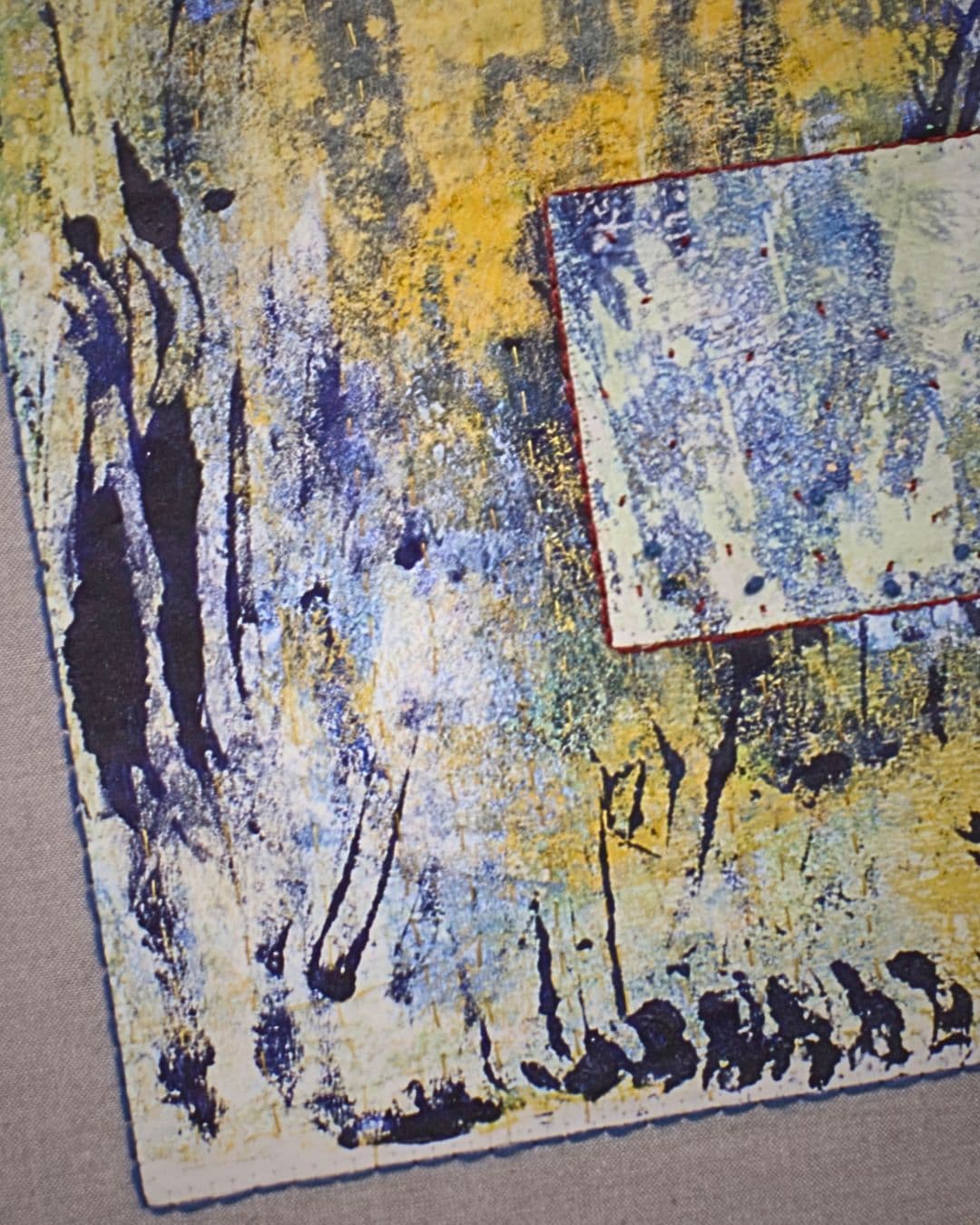
Learning to see
In my late teens, I went to The School of the Museum of Fine Arts in Boston, MA where I studied painting and drawing for four years. As an artist, this was the most influential time in my life.
At the time I attended, the school was a department of the Boston Museum of Fine Arts. This enabled me to have free access to the museum whenever I wanted and I was able to spend as much time with any given painting that I happened to be inspired by. I was also part of a course that allowed students to choose a painting from the museum’s archives that we wanted to study.
The artwork would be delivered to a special classroom located on the top floor of the museum where I could make copies either by painting or drawing. That experience taught me an array of important skills that I would later use to observe and truly see the work of other artists and the world around me.
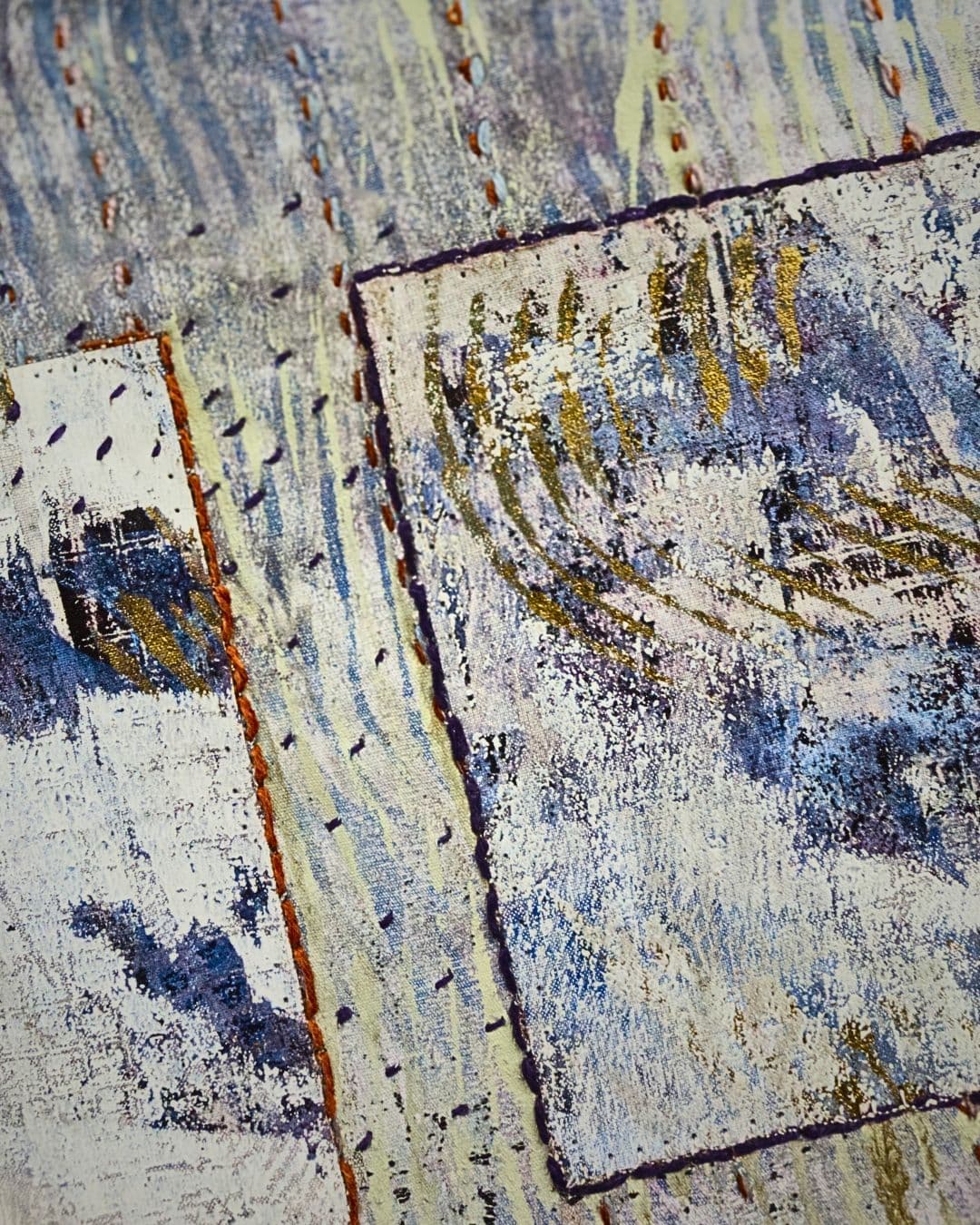
Supporting textiles
My mother exposed me to beautiful textiles as a child. She also taught me how to sew.
After art school I made my living as a stitcher while doing my artwork in the evenings. I quickly became very skilled. I worked for a designer making elegant evening wear. I made costumes for a shop that supplied musical and theatrical events and I also created costumes for live action 3D animations.
Later, after moving to western Massachusetts and while raising my boys, I made custom wedding gowns using antique textiles and lace. I continued to paint, draw and do collage work and was represented by a few galleries.
At some point I became familiar with digital printing on cloth. I became intrigued with printing images of my paintings and collages on cloth. I couldn’t help but use those to collage as well.
My work continued to grow and, in 2013, my book Fabric Surface Design (Workman Publishing) was published. It features over 80 techniques for putting imagery on fabric using textile paints.
“Life has presented many challenges to me, but I’ve painted and drawn my way through them, even if I could only work in my sketchbook.”
Cheryl Rezendes, Artist
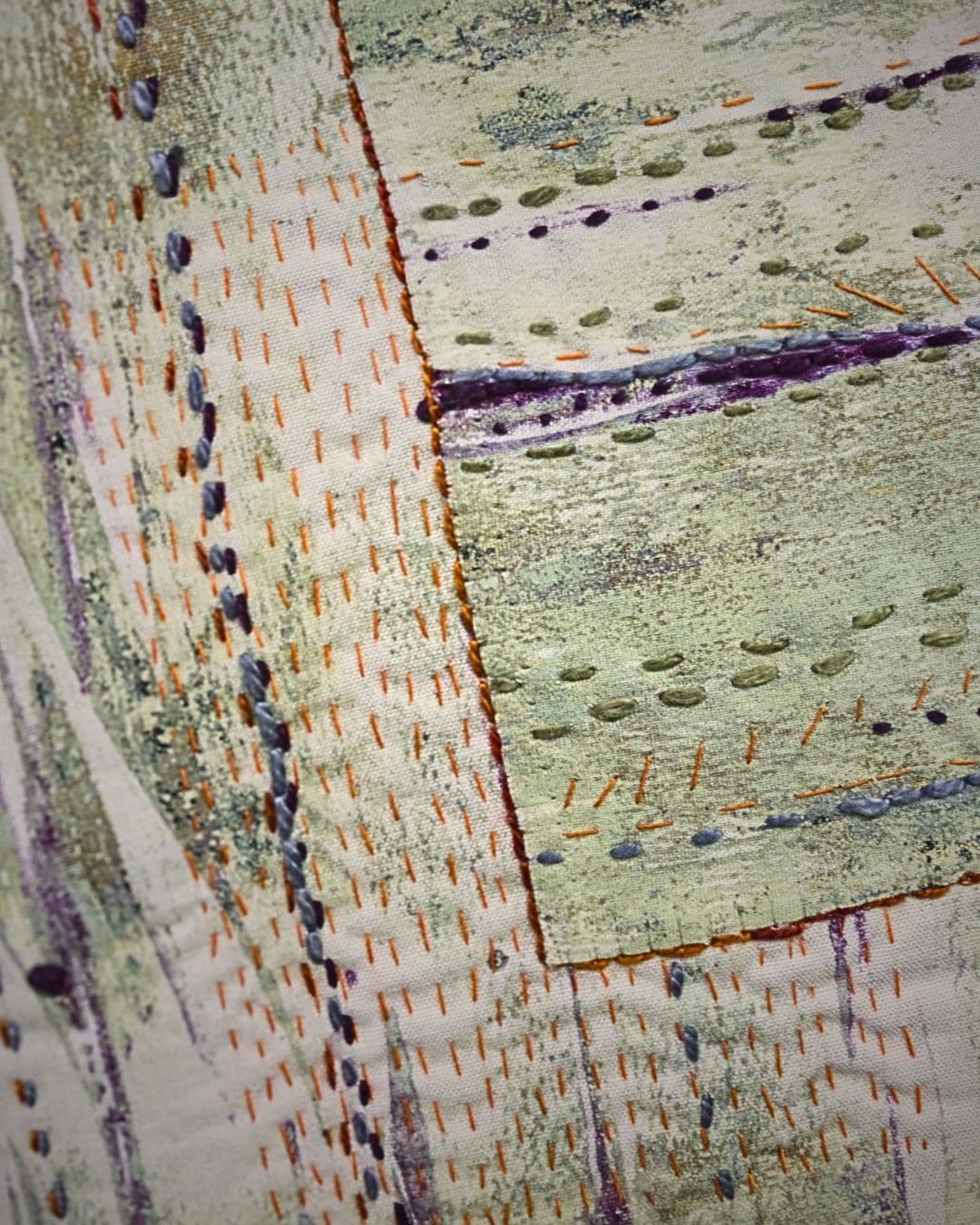
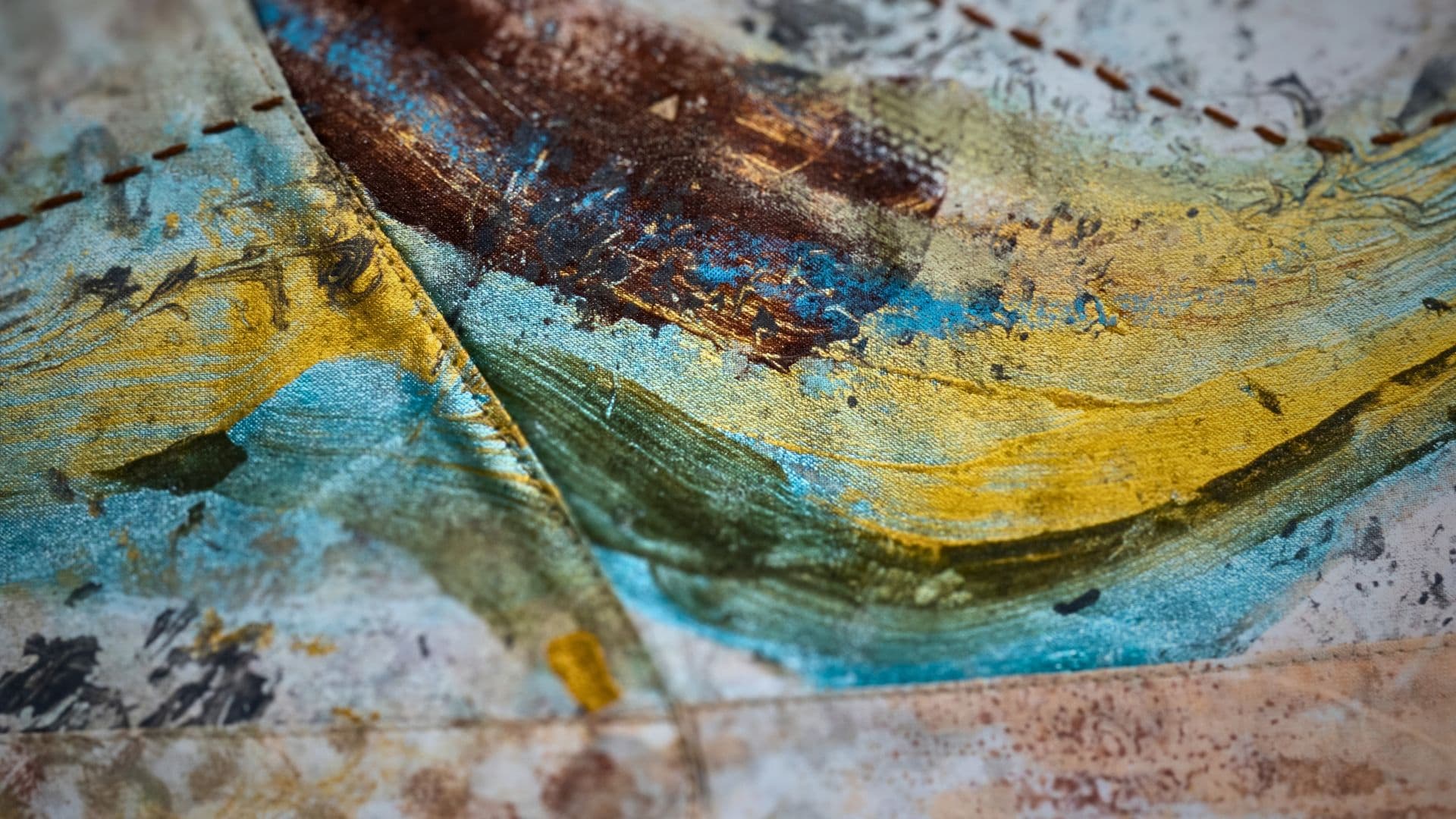
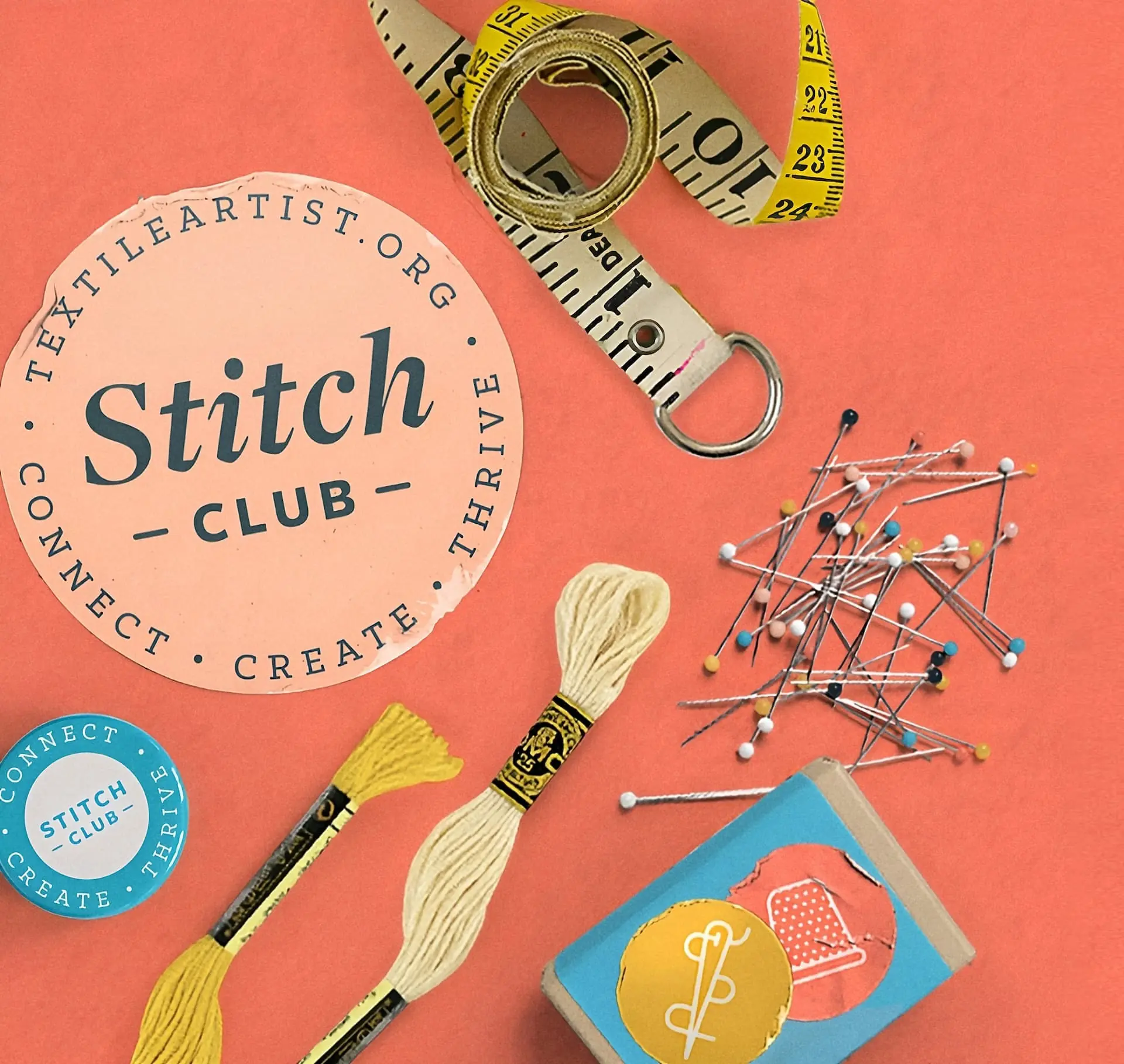

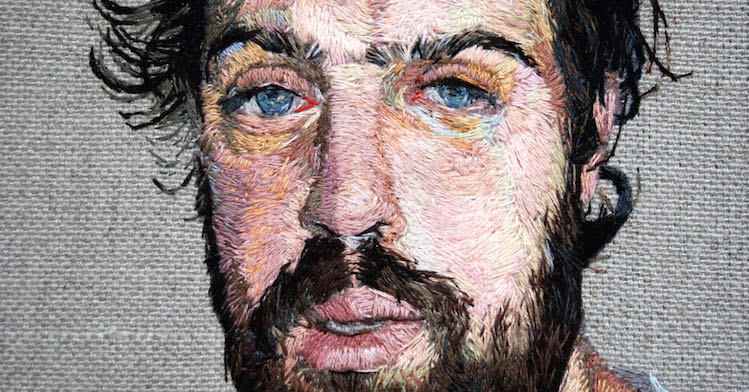
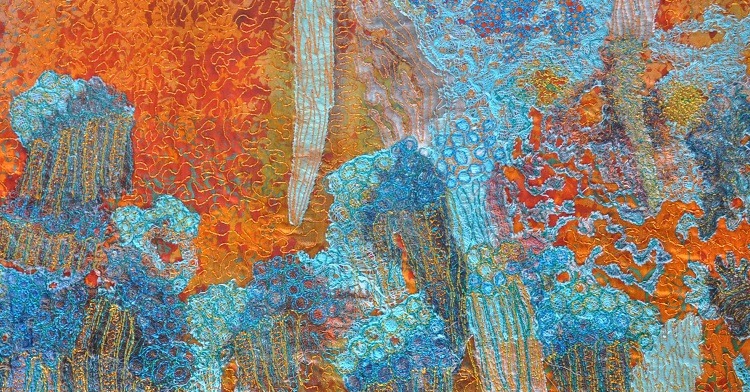
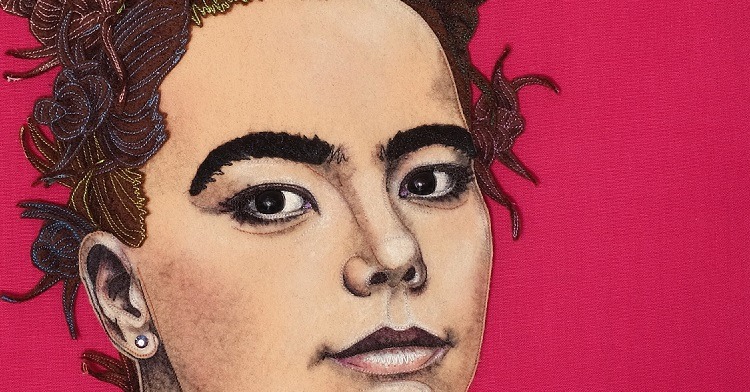
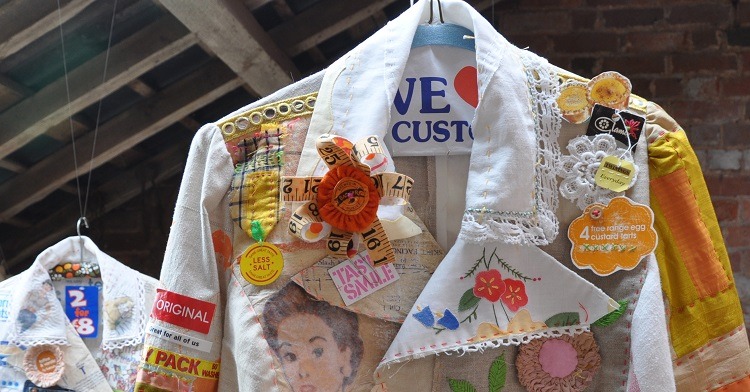
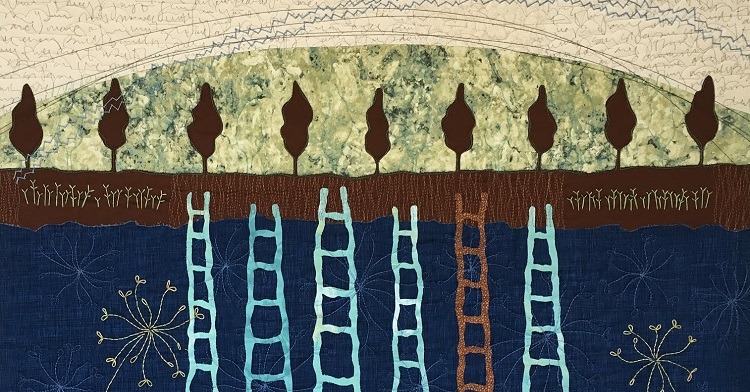
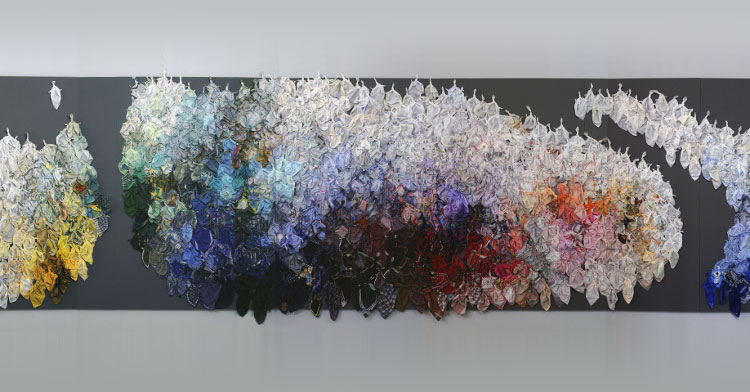
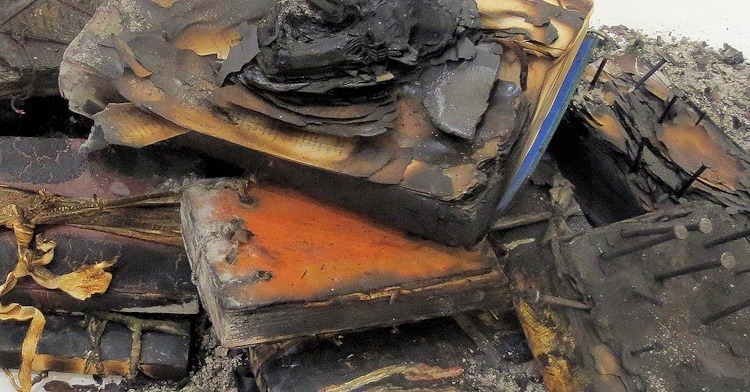
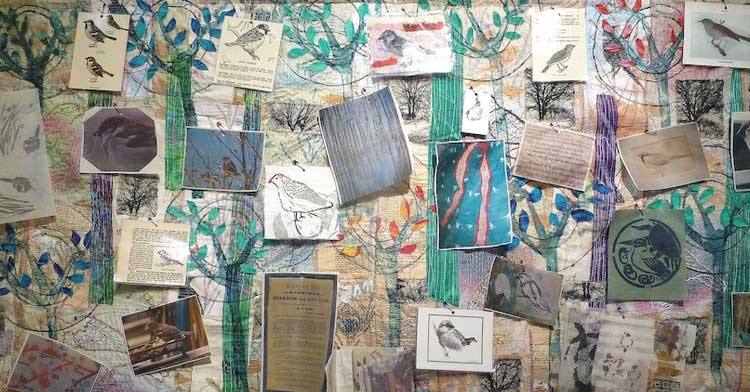
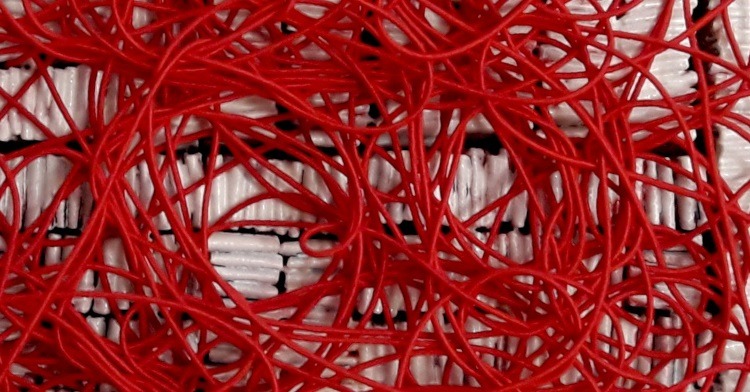
Comments